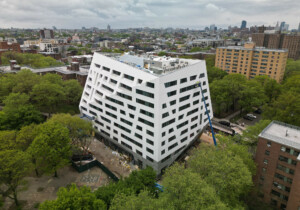The following interview was conducted as part of “Building Practice,” a professional elective course at Syracuse University School of Architecture taught by Molly Hunker and Kyle Miller, and now an AN interview series. On October 17, 2019, Alise Lamothe and Hanneke van Deursen, students at Syracuse University, interviewed William O’Brien Jr., principal of Cambridge, Massachusetts-based WOJR Organization for Architecture.
The following interview was edited by Kyle Miller and AN for clarity.
We are both musicians, so it was cool to see that was your undergraduate degree was in music theory. We can see the influence of this in some of your work. Can you tell us about how music and music theory inspire your design work?
William [Liam] O’Brien: The relationship between music and architecture is tricky. There are easy and superficial ways to make comparisons. You likely often hear metaphors about music being used to describe architecture… “architecture is frozen music,” for example. Most of the time, those metaphors are not so useful. Where architecture and music can benefit from being thought about concurrently is in thinking about form and formats. When studying music theory, I was looking at Bach to understand rules he followed to organize sound. There’s a lot of overlap between the way that compositions are formed in terms of broad stroke forms and repetition. Interestingly, I find a lot of corollaries between spatial composition and music theory, between the ways we think about [the] organization of space and organization of sound. More recently, questions of symmetry and asymmetry have been coming into our architectural designs, which has me thinking about earlier work of mine as a student manipulating classical forms in music.
There’s another layer to music that is not about form, but it’s about the atmosphere. When we’re producing visualizations of our designs, we think a lot about trying to conjure atmospheres through referencing music. In each project, when we’re doing art direction for the visualizations, there is usually a particular score that we’re referencing, or a film that has a unique score that we are inspired by. That’s another way that we’re thinking about the impact of music on our work. There are qualitative aspects of music we are interested in that can have a direct corollary to the atmosphere of the architecture we create. To give an example… melancholy or mournfulness in some of our visualizations might be attributed to a certain score. Philip Glass is somebody who comes up a lot in our conversations, as someone who produced beautiful ambient work. We attempt to produce visualizations that convey the same quiet, meditative ambiance.
Just before this interview, we presented your work to our classmates. We opened with the image of Mask House… the one from the bridge. It’s a beautiful image. It’s also very melancholy. What was the score for that image?
In visualizations for the Mask House, we weren’t talking about a score, but about the film, The Revenant. It’s dark, but in a different way. Not so much for the narrative, but more for the tonality. The mournfulness, something about the way that it’s lit… apparently no artificial lights were used in most, if not all of that film. It likely made for a cinematographer’s nightmare, but the lighting effects are really distinct from other films that try to do something similar. We were trying to capture something like that in the Mask House visualizations.
There’s a backstory to that project and why we were seeking these particular effects. The house is not built, but it’s a project that was supposed to be built in Ithaca. The client is a filmmaker and his younger brother died in the lake that the house was to overlook. The project aimed to produce a threshold—a mask between the real world and another world. That other world is connected to the lake. One of the apertures in the house looks in the direction of where his brother was last seen on the lake. The project necessarily took a mournful tone, which is something conveyed in the visualizations.
How do you use visualization and language to communicate not only to other architects, but also to the general public? As students, we often change our language and the way we communicate when we explain our work to our friends and parents, who are not architects. How does your communication change when talking to people who aren’t as familiar with architectural concepts and terminology?
The question of audience is so important. One of the things that any young architect learns quickly is that in order to get what you think is a deserving idea out into the world, there needs to be the ability to talk about it in many different ways. There’s a necessary empathy that is required in trying to explain design work. The most difficult situations involve communicating with somebody who’s cynical about architecture or sees architecture as a vanity practice. In a case like that, there’s ways of speaking about the concept that has to do with things that make an appeal to logic—things like functionality or contribution to context. Whether it’s functional or contextual issues, or material, social, political, cultural, formal, environmental, etc., there are many registers that an architect needs to hit in order to communicate with the right people at the right time about the most critical aspects of a project. A built thing in the world is inherently a political act. It is a social act. It is an active form. It engages construction systems… you can go through the whole list.
We’ve been interviewing a lot of practices that are comprised of partnerships. The principals often cite the friction between them as a productive part of their practice… debate often spurs new ideas. We’re curious how you maintain dialogue and productive friction when there’s only one person leading the practice.
Just to undo that a bit… The name WOJR is not a great name for the office for a number of reasons. It is an awkward grouping of four letters and people often think it’s a radio station. Also, WOJR, which corresponds to my initials, does not accurately convey the collaborative nature of the office. I am the main Principal, but there are an additional five team members right now, and they are amazing contributors. Any “productive friction” is coming through great discussions with each of them. We’re trying to produce a non-hierarchical discussion that enables everyone to contribute equally. John [David Todd], who is the team member who has been here the longest amount of time—over six years now—is somebody who I can have conversations with that produce what you’re calling “productive friction.” I wouldn’t even call it friction… maybe synergy, or simply great conversations that push the work forward. There’s another answer to the question. We’re constantly communicating with other architects and the architectural discipline at large. These conversations and debates are really helpful.
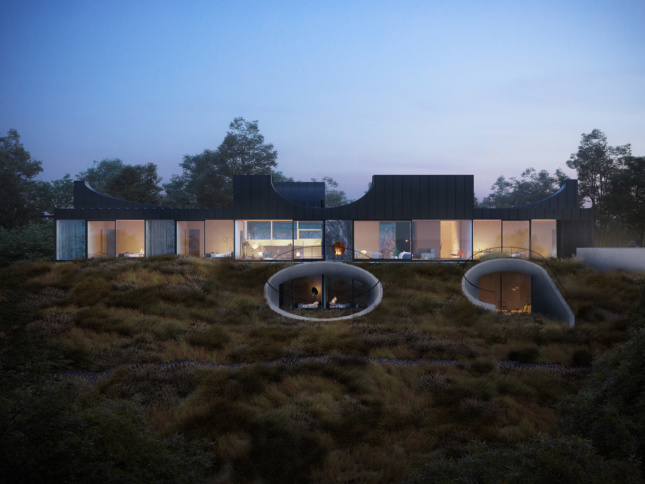
We have a question about House of Horns. We understand that it’s being built atop an existing foundation, and that this condition ended up dictating, in part, the shape and size of the house. How did you work with these existing conditions when trying to design and construct the house, and what are other factors ended up informing design and construction?
As you mentioned, there was a partially built house on the site. It was a Spanish style mansion, with all of the details that you would expect… like terra cotta tiles, and there was about to be a lot of work on crown moldings, but these things were not reflective of the new client’s values. Despite the size of the house, the client is somebody who is quite interested in the diminutive aspects of the house… trying to make the house as small and humble as possible. I say that while acknowledging that it’s a very large house, but their aspirations are in line with ours. One of our challenges was to take the very odd, really bizarre shape of the foundation and imbue it with a different order. To do this, we created a series of different environments that were varied by the way that light might shine or be reflected within each domestic space. The “horns” that you see enable us to modulate daylighting and become the ordering device that negotiates symmetries and asymmetries in plan.
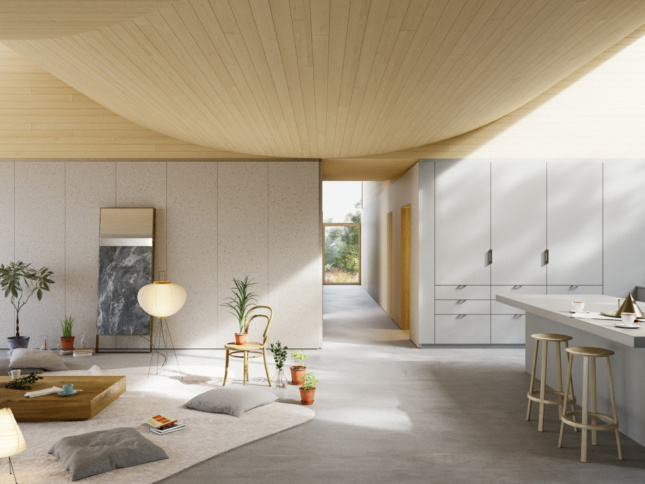
Is this your first built work?
It is. We’re going through an exciting transition right now. We currently have two projects that are under construction and two more that begin construction really soon. In the office we used to talk about a path toward legitimacy. As a young architect, you’re always trying to become more and more legitimate, and there are all kinds of clues that it’s happening. We rented an office space seven years ago. We have health insurance now. We have a payroll. We published a book of our work. There are many things that help us believe that we’re becoming a legitimate office. Most recently, the clues are tied to [the] construction of buildings we’ve designed. Some of our more speculative ideas are finally being tested in the built environment and we’re learning a lot. Architecture is very humbling in that way. You think you are a smart architect and then you try to build something… and you realize you still have a lot to learn.
Now that you’re nearing the completion of your first built work, what part of the concept to construction process have you reveled in the most?
I love the question, especially given that I was on site last week. There are two major takeaways from my site visit that will help me answer the question. One is the degree to which construction is a messy process. Despite the planning and precision that has gone into a really comprehensive set of drawings, there is an immense amount of in-the-field decision making. You think you have everything worked out and then comes the humbling realization that there are many issues unresolved and questions left unanswered when construction begins. Whether it’s a modest house or something more experimental, each act of architecture… each building is a single iteration. Everything is unique, and every aspect of the building is being figured out by a group of people in real time. The reality of building and the distance between a precise drawing set and the messiness of construction is something I quite enjoy.
And the second takeaway, or another way to answer the question… in House of Horns we have a very large marble egg that is a column in the project. I don’t want to get overly romantic or poetic about it, but simply seeing something that we had imagined for such a long time in the abstract now in the real was incredible. We had the luxury of going to the quarry and picking out the exact marble block that would be carved and put into the house. To be a part of the process and to be able to touch the thing that we had imagined for so long was more impactful than I could have imagined. It was really, really rewarding.
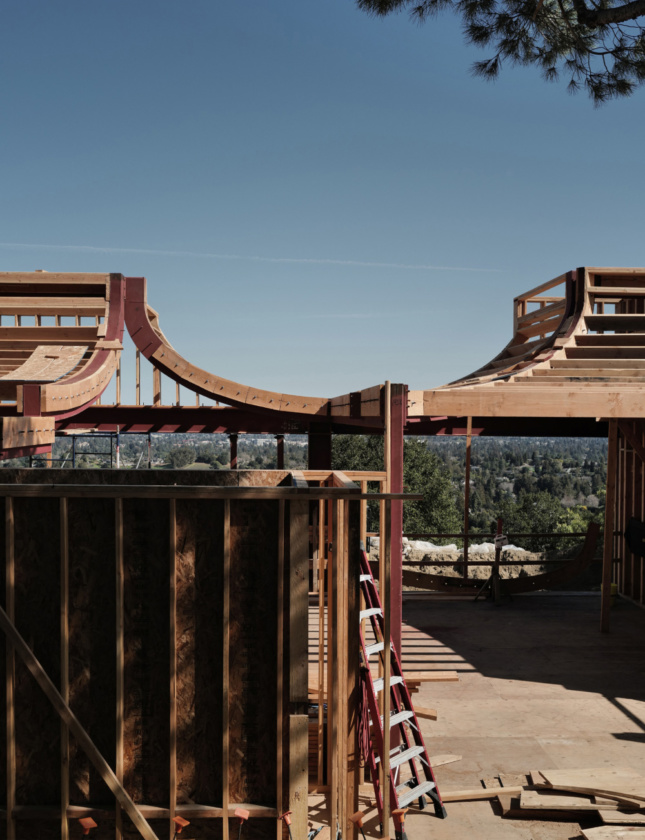
You’ve more or less already answered the question that we normally conclude with, which is “What has been the most rewarding moment in your practice?” So, we’ll skip that one. But we have one more question. We recently read that you’re now collaborating with Airbnb and Samara. Can you tell us more about this new job?
Samara is a design startup that is branched off of Airbnb. It’s a company with many team members who are really interested in critiquing the tech world, and who are cultural critics, in general. The way that it started was that WOJR won a competition to be involved with defining the architectural design direction. It began as a consultative role. More recently, I’ve started in a full-time position with them and have started to build an architecture design team around me. Our current project has the ambition to offer new forms of living through architectural design. And our first offering is an architectural design system that has the capacity to be deployed in a variety of contexts. That’s all I can say at the moment, but it’s a project that’s really reliant on architecture. It’s been fascinating to brush up against engineers, storytellers, filmmakers, industrial designers, interaction designers, and lawyers… all represented in our 45-person group. Samara is an interdisciplinary project and it’s getting us to think about architecture from many different approaches, which is thrilling and humbling at the same time.
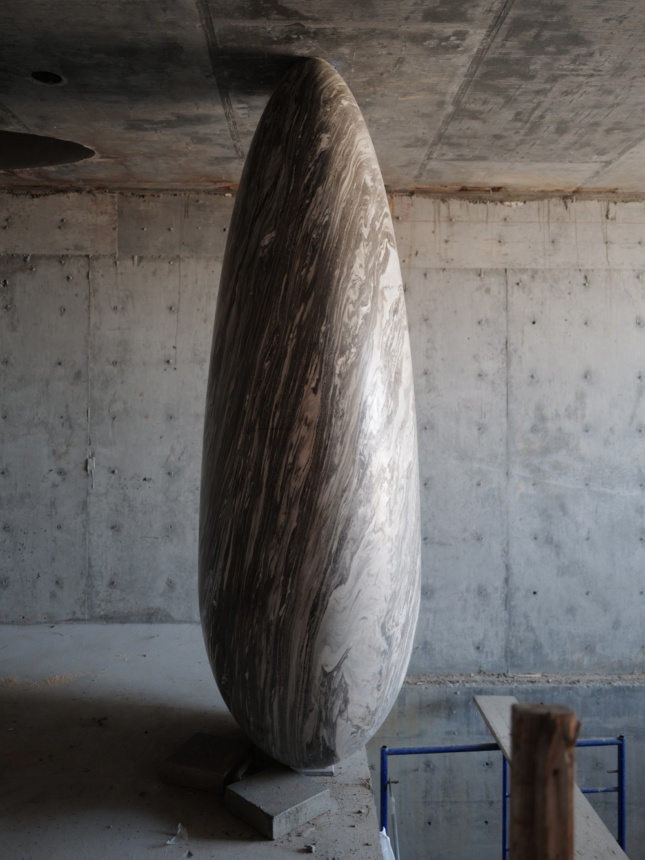
Great. Thank you so much for joining us bright and early from San Francisco. We put you in the early slot thinking you’d be in Cambridge.
You’re welcome—I enjoyed it! And I’m a morning person, so the timing was perfect.








